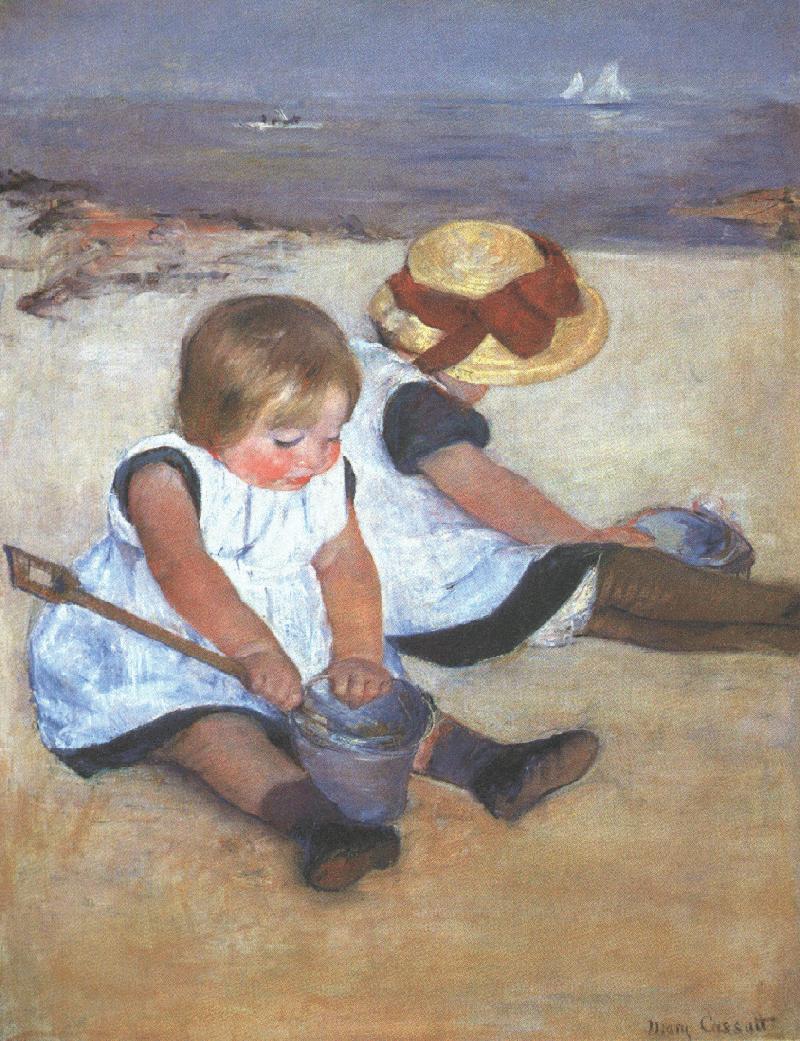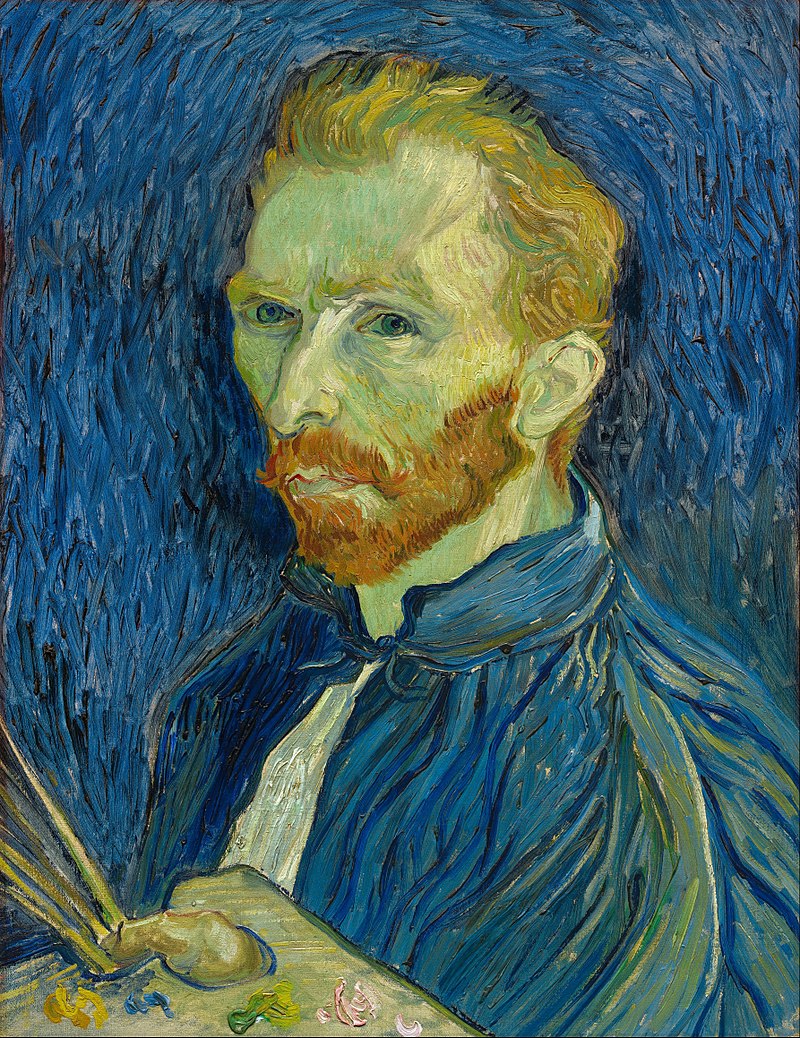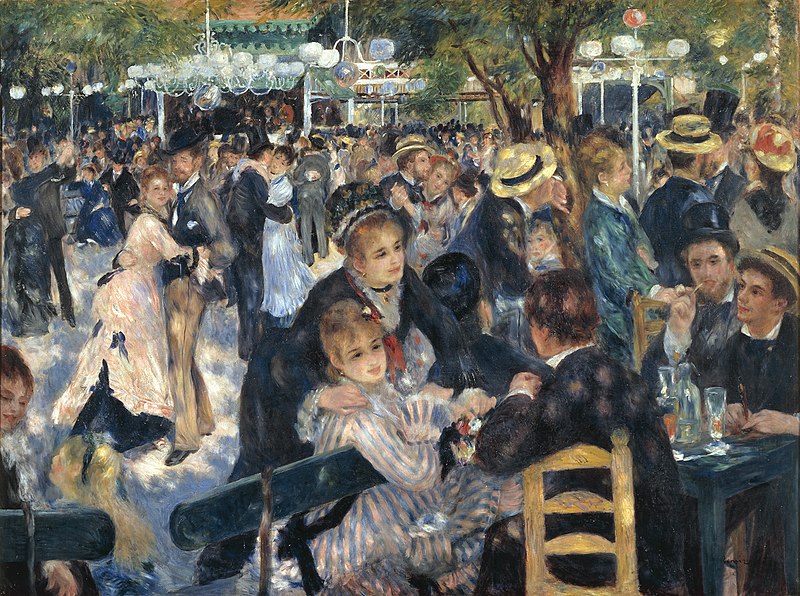A lot of us are streaming Netflix shows, but the sheer volume of choices on Netflix makes it hard to choose. Here are some shows we have watched recently that we have really enjoyed. Maybe you will too. These are in no particular order and none of them are suitable for children. I’ll have the second half of the list tomorrow.
Giri/Haji

Created and written by Joe Barton, “Giri/Haji” is a story of cultural cross-pollination. The show is in both English and subtitled Japanese that also cross-pollinates genres – mixing cop show, yakuza thriller, love story, anime and hokey family melodrama, all spiked with bits of offbeat comedy. “Giri/Haji” is unlike anything else on TV. There are so many subplots and so many sudden narrative shifts that surprises can happen anytime. The characters are very well drawn and the cinematography is outstanding. Patrice and I both loved it!
Babylon Berlin

Babylon Berlin tells complicated stories about police officers solving twisty, noir-inflected cases driven by strange and hidden conspiracies in 1929 Berlin. The German democracy is on its last legs, about to be swept aside by Hitler and the Nazis. Crucially, the audience knows this already, while the characters think their system of government is shaky but fundamentally salvageable. Unlike a lot of stories set in Germany during this era, it takes several episodes for Hitler to even be mentioned (and only once across the first two seasons!), and then a seemingly eternal stretch of time after that for a swastika to show up.
And yet the overall sweep of the show is vintage film noir: The heroes, Gereon Rath (Volker Bruch) and Charlotte Ritter (Liv Lisa Fries), take down the bad guys they can capture or sideline, all the while being forced by those above them in the chain of command to let the real villains walk. Broadly speaking, Babylon Berlin is about the challenge of ever stopping the slow slide into fascism, because the full picture is often hard to see, and those who scream about it are written off as paranoiacs. But even Gereon and Charlotte do awful things in the name of their own self-interest.
The show moves like lightning, there are few dull moments. Liv LIsa Fries is absolutely amazing as Charlotte and there’s some great choreography. We really liked it and I think you will too.
Snabba Cash

The main character is Leya (Evin Ahmad), a single mother of Middle Eastern descent, who is desperate to find seed money for an A.I. company she has created. Like many others in the largely immigrant housing projects where she lives, Leya has limited options. She decides that her only choice is to borrow the money from her drug-dealing brother-in-law (Dada Fungula Bozela), which ends up compromising her future when he makes himself a partner in her firm. Things go downhill from there and, as Leya tries to sell part of her company to an investor, things get complicated as well.
The Netflix series is dubbed in English and is a fun watch that we enjoyed.
The Serpent

“The Serpent,” may seem unbelievable — but the creators actually had to temper the bizarre real-life history of con man and serial killer Charles Sobhraj. Set in 1970s Bangkok, the series, which first aired on the BBC earlier this year, follows Dutch diplomat Herman Knippenberg (Billy Howle) as he investigates the disappearance of a pair of Dutch backpackers. His pursuit leads him to Sobhraj (Tahar Rahim) and his accomplices, including Marie-Andrée Leclerc (Jenna Coleman) and Ajay Chowdhury (Amesh Edireweera), who have been drugging, robbing and killing tourists on the so-called Hippie Trail.
It’s an amazing, and sometimes infuriating story, that kept us intrigued right to the end. It gives a nice flavor of Thailand, Nepal and India in the 1970s as Sobhraj lures his victims into believing and trusting him…before he kills them.
Waco

The story of the siege in Waco, Texas, in 1993 is such a fundamentally American one—such a charged and tragic conflict between dogmatic believers and overbearing authorities—that it’s hard to grasp how it hasn’t been dramatized into a television series before. It’s a tale of men bearing arms, of charismatic and damaged hucksters, of lost souls putting their faith in a man who promised them both joy and the end of the world. It ended, as most epic American stories do, with a gunfight, drawn out over two months. But no one won. Not the Branch Davidians, around 80 of whom lost their lives, including more than 20 children. Not the Bureau of Alcohol, Tobacco, and Firearms, whose raid on the religious community led by David Koresh at Mount Carmel was characterized by an impossible number of blunders, and a profound—and entirely unnecessary—number of dead bodies on the ground.
The mini-series tries to tell the story of that siege and the people involved. The adaptation—created and directed by John Erick Dowdle (No Escape), and written by his brother, Drew—is based on two definitive interpretations of the Waco siege, Thibodeau’s book, and Gary Noesner’s memoir, Stalling for Time. Waco is largely defined by these separate narratives of what went wrong, both inside and outside of Mount Carmel. There are some subtle parallels between the storylines of Steve’s growing disaffection with Koresh’s abuse of power and Noesner’s increasing discomfort within the FBI, which is still reeling from a disastrous standoff with a white nationalist in Ruby Ridge, Idaho.
It’s frustrating to watch the mistakes and misunderstandings on both sides that lead inexorably to the disaster at the end. We enjoyed watching it and it kept our attention. The talented cast does a great job of telling the story.













































Comments